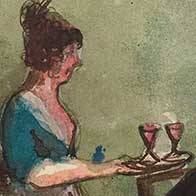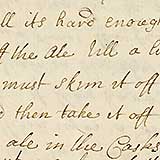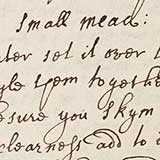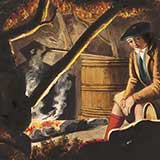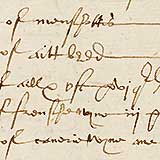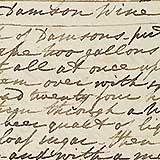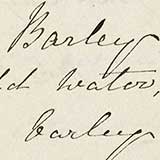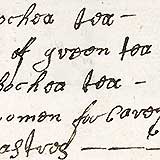
Drinks
Although water was the most readily available drink — in the days before fresh running water in the home — it was often not fit for human consumption.
Those who kept domesticated animals such as cows and sheep drank milk. But it too might not be fit to drink and was regarded with suspicion by many. Drinks such as mead were popular, but ale was the everyday beverage for most Scots.
Distilling was first practised in Scotland in monasteries to produce herbal tonics and medicines. Whisky was produced later, as were wines from fruits, flowers and berries.
While some made their own drinks and sold any surplus produce, ordinary people often frequented the many taverns in Scotland's towns and villages. Those who could afford to enjoyed expensive imported wines.
In the mid-17th century a range of new hot beverages was introduced.
Tea, coffee and chocolate were initially popular with the wealthy. As prices dropped, they were more generally adopted.
Ale
In most Scottish homes ale accompanied each meal, including breakfast, until at least the early 19th century.
Ale
Mead
Mead is an ancient honey-based alcoholic drink flavoured with fruits, spices, hops or grain.
Mead
Whisky
Whisky has been distilled in Scotland from at least the 15th century. At first 'aquavitae' was largely produced in monasteries for medicinal purposes.
Whisky
Wine
Until relatively recently most people rarely drank wine. Save for special occasions, it was a luxury item beyond the reach of all but the wealthy.
Wine
Damson wine
In the days before domestic freezers, housewives often fermented the juice of surplus garden fruits to produce alcoholic beverages.
Damson wine
Barley water
A cold drink similar to lemonade, barley water is made by boiling and then cooling barley, flavouring and sweetening it to taste.
Barley water
Tea
Mary of Modena, wife of the Duke of York, is credited with introducing tea to Scotland when she served the drink at Holyroodhouse in 1681.
Tea
